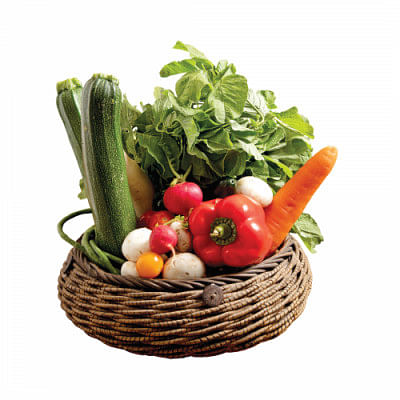Grocery shopping to level up your diet game!

It is often hard to wave goodbye to the sugary and high fat containing foods that filled the void inside you for a long time. However, the primary step in achieving a healthy lifestyle is to adopt a healthy diet, and that originates from the choices you make while shopping for your groceries. Therefore, we have sorted a well-designed plan for your next grocery shopping that will guide you in filling your cart with nutritious items.
Pre-plan your menus to avoid getting off-track
Before heading to the store, decide on the menu first and prepare a list accordingly. Doing so will direct you in the right direction and prevent unnecessary and unhealthy purchases. Since your monthly menu will be planned to form a balanced diet, i.e., the right proportions of fruits, vegetables, grains, protein foods, and dairy; the list will help you pick up the groceries you need to cook nutritious meals.
Shopping on an empty stomach is a big no
Have you ever wondered why you get extra starry-eyed and hover longer than usual around the candy section when you shop on an empty stomach? That is because you are running low on sugar. Hunger weakens your defences and makes you crave things you normally would not. Hence, from next time onwards, remember to eat something before starting your grocery shopping so as not to get distracted from your goal.
Limiting within the perimeter
Mostly, grocery stores have the fruits, vegetables, and meat sections adjacent to each other. Once you set a perimeter around that particular side of the store, it will guide you to purchase three of the five main food groups that make up a balanced diet. Later, you can move on to the carbohydrates and other essential ingredients like oil and spices.
Wholegrain and lean meat for higher health benefits
While buying bread, oats, rice, etc. make sure they are made of wholegrains. They are rich in fibre. Alongside multiple other benefits, wholegrains help keep you full and maintain a healthy body weight.
Some types of meat contain high levels of saturated fat which can develop cholesterol in our bodies, causing heart diseases. However, they are also loaded with nutrients like iron, zinc, and B vitamins and are a good source of proteins in our diet. Since its health benefits cannot be ignored, ask your butcher for a lean cut. This will get rid of unnecessary fats while preserving their meaty goodness.

Healthy fats within the acceptable range are welcome
While fats are known to be responsible for coronary diseases, healthy fats have a key contribution to a balanced diet. Unsaturated fats and omega-3 rich fats are major mood boosters; they sharpen your cognitive skills, lower bad LDL cholesterol levels and increase good HDL levels. They make your skin and hair glow, all while maintaining your waistline. So, do not forget to add olives, walnuts, avocados, fatty fish, and dairy products like milk and yoghurt, etc. to your grocery cart.
Do remember that good or bad, fats have comparatively high calories and according to the 2020-2025 Dietary Guidelines for Americans, its intake should not exceed 20 to 35 per cent of daily calories to stay within the Acceptable Macronutrient Distribution Range.
Read nutrition fact labels for making wiser decisions
It is a necessary step in healthy grocery shopping to read the labels on the products for nutritional information. Ingredients and nutrient content of a product can vary a lot from brand to brand and comparing the labels for the one with the lowest amount of sodium, saturated fat, and added sugars is a wise choice.
Check expiry dates for freshness
Always be meticulous about the expiry dates on packaged foods otherwise you can fall ill once bacteria start to grow in them. Not only for packaged foods but the freshness of groceries also needs to be considered even for produce. Fresh fruits and vegetables that are in season will bring out the best results in your diet.
Photo: Sazzad Ibne Sayed
Styling: RBR

 For all latest news, follow The Daily Star's Google News channel.
For all latest news, follow The Daily Star's Google News channel. 



Comments